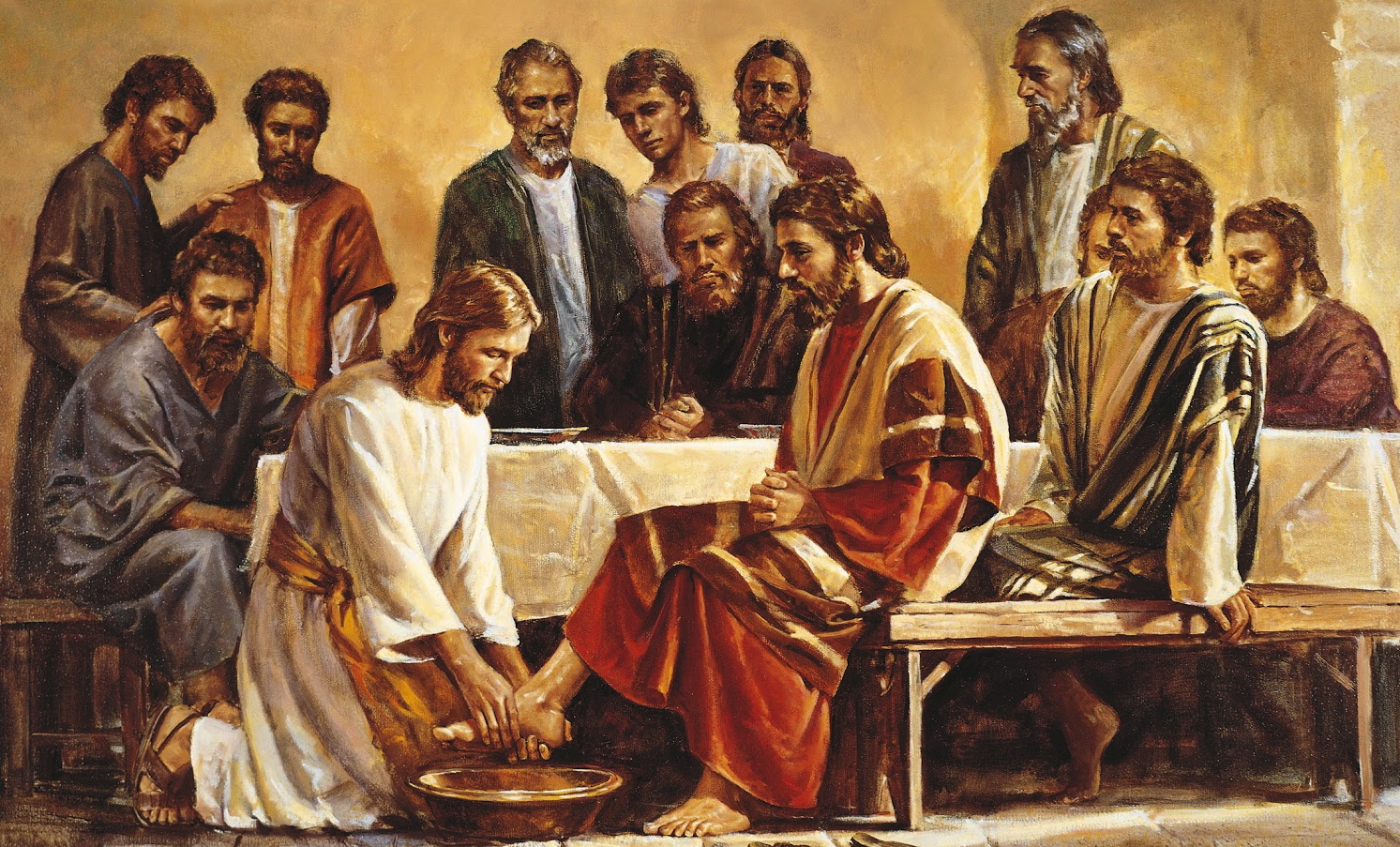Click here to return to Blog Post Intro
Jesus Models Servant Leadership
No one has ever possessed more power than Jesus. He calmed the raging storm, cast out demons, opened blind eyes, raised the dead to life, and cursed a fig tree, causing it to wither. Yet, He consistently used his power to serve others.
Serving others can be tough. Expending your energies and resources in the interest of others can be exhausting. Yet the most effective leaders are servants. In John 13:1-17, Jesus modeled this on the night before his crucifixion. Along with his disciples in a room in Jerusalem, Jesus did the unthinkable. When no servant was available to carry out the custom of feet washing, Jesus assumed the role. The Master became the servant. The greatest and most high became the least and the lowest.
In John 13:15, Jesus said, “I have set you an example that you should do as I have done for you.” The Lord didn’t tell them to do “what” He had done. He commanded them to do “as” he had done. They weren’t to become full-time feet washers, but rather full-time servants of men and women. They were to be servant leaders.
How can we follow Jesus’ example?
In His sacrifice on the cross, Jesus provides us with the ultimate illustration of servant leadership. Jesus even said, “For even the Son of Man did not come to be served, but to serve, and to give his life as a ransom for many” (Mark 10:45).
What Does Jesus Expect of Us?
Can “regular people” become servant leaders like Jesus? Leaders can select from two fundamental but very different orientations toward their organization:
- Leaders can take from the organization as many perks or privileges as possible. In this model, the organization exists to provide a title, a job, status and service.
- Leaders can contribute or put into the organization. In this scenario, the leader’s passion is to make the organization great…to serve its needs.
The leader following this latter course is a servant leader. In Acts 4, Barnabas exhibits a life of servant leadership. Barnabas was one of the church’s all-time great leaders. He was convinced God put him on earth to help others live productive and satisfying lives. He was a giver, who served Paul and Mark, nurturing both toward greater leadership roles.
Another New Testament servant leader was Timothy. He embodied three principles of servant leadership:
- The servant-leader defines what his or her leadership will produce. If the leader hopes to produce prestige, he or she won’t serve but will expect to be served by the followers. Timothy exhibited “great concern” for the welfare of others (Philippians 2:20-21).
- The servant-leader knows whom they serve. Timothy served Paul by serving those whom Paul commissioned him to lead. In turn, both Paul and Timothy served the Lord and helped the Philippians achieve what the Master had commissioned them to accomplish.
- Servant-leaders are rare. Paul stated that he knew of “no one else like Timothy” (Philippians 2:20). To be truly unique—and highly valuable—be a leader who, like Timothy, serves the organization by helping followers succeed!
Robert Greenleaf, author of Servant Leadership, points out, “The servant-leader is servant first… It begins with a natural feeling that one wants to serve, to serve first… That person is sharply different from one who wants to be a leader first…for such, it will be a later choice to serve—after leadership is established.”
How do we know if we are servant leaders? Greenleaf states, “The best test, and difficult to administer is: Do those served grow as persons? Do they, while being served, become healthier, wiser, freer, more autonomous, more likely themselves to become servants?”
Are you following the example and expectations of Jesus Christ: The Ultimate Servant Leader?


